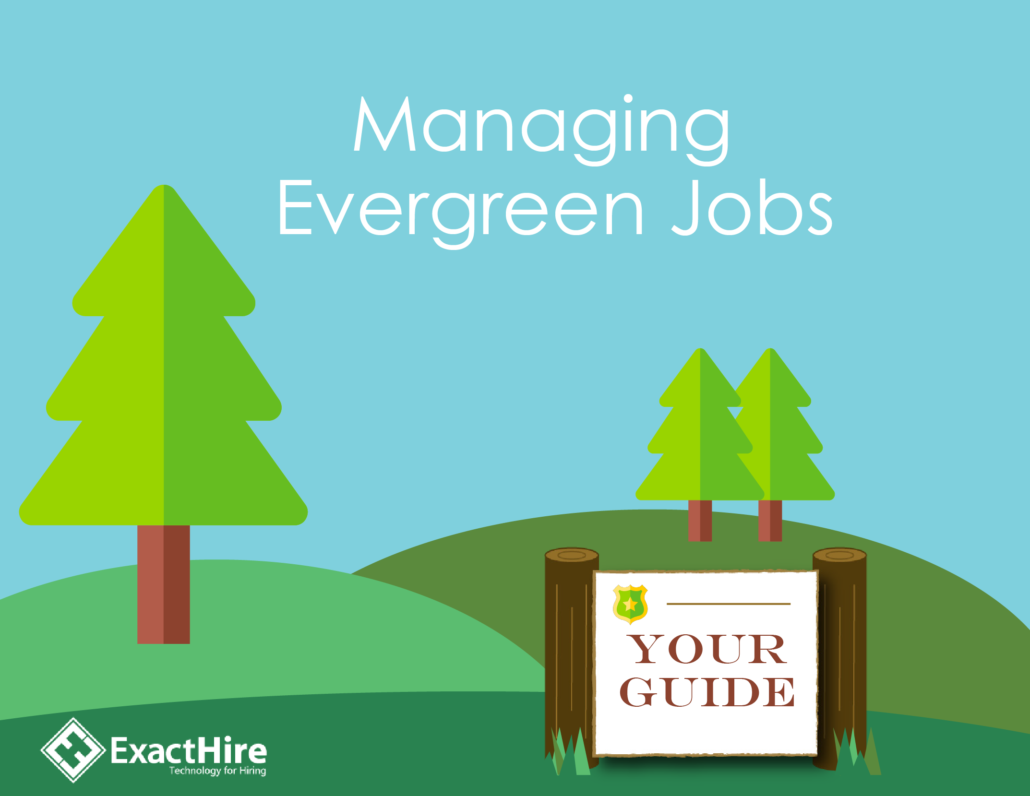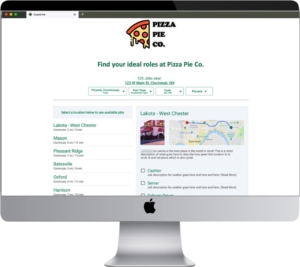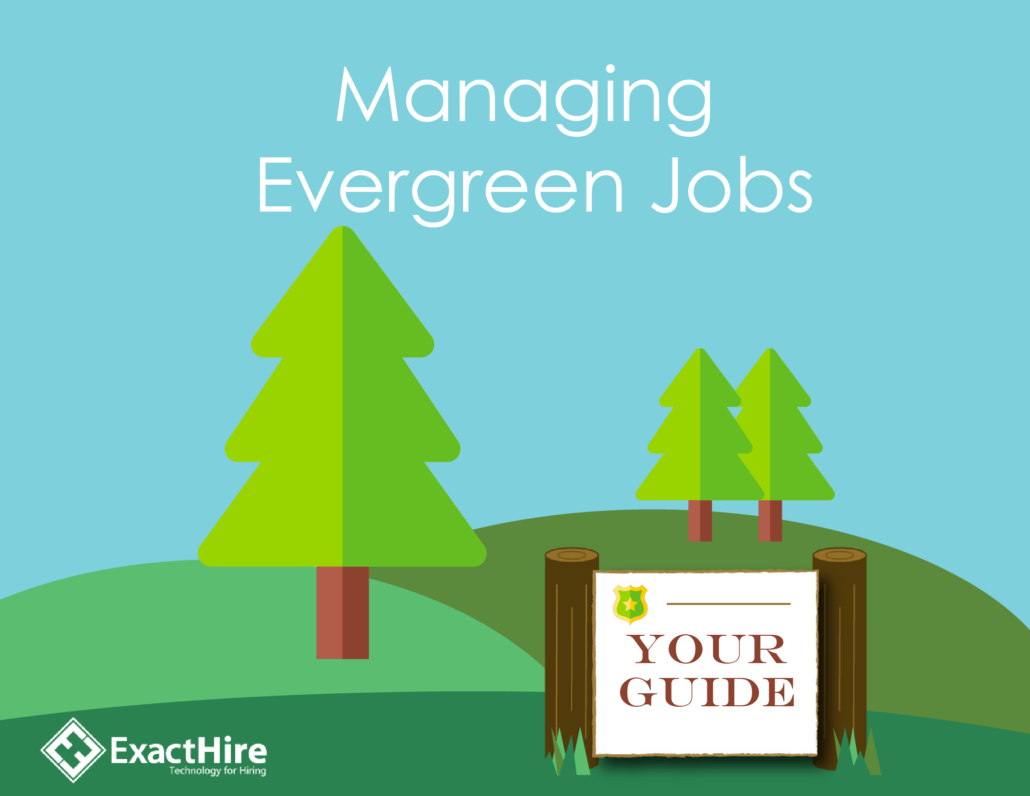What Are Some Examples of Recruitment Strategies
Organizations need to secure the best possible talent in order to be competitive. Companies that employ strategic recruitment and selection methods are better able to attract and secure top talent. Recruitment strategies involve positive employer branding, marketing directed by recruitment, and the ability to sell positions to high performing talent.
Strategic Recruitment
Strategic recruitment can and should be tailored to the organization but there is a basic outline of stages in the recruitment and selection process. The first phase is the preparation stage. It includes activities such as identifying which positions need to be filled, carrying out the job analysis, writing a job description, and establishing candidate specifications.
Preparing for your ideal candidate is a crucial part of the recruitment and selection process. An organization should develop a document outlining the plan, such as a strategic recruitment and selection pdf, which lists all of the knowledge, skills, abilities, and traits that the ideal candidate will have. Without laying the groundwork it will be difficult if not impossible to get the right candidates to apply.
In the second stage of the recruitment and selection process the organization needs to source those ideal candidates and get them to apply. Methods of recruitment and selection in this phase include advertising the job through traditional approaches such as the use of recruitment agencies, recruiting internally, talent searches, as well as print and web advertising. In most cases however, an organization would be wise to employ some more creative recruitment methods as well.
We all know how important branding is but it’s something we usually associate with the organization and customer experience. Did you know that branding is also an effective recruitment and selection strategy example? Employers should consider how their brand appears to potential employees and work on their employment brand in order to promote themselves as a good place to work.
These days just about all organizations have an online presence and most utilize social media platforms to engage with customers and launch marketing campaigns. Social media is a great tool to proactively source candidates and a good strategy in nurturing a passive applicant pool. Someone who is not actively looking for a job, might see a more lucrative opportunity and consider leaving their employer.
Sometimes the best candidates are closer than they seem. Employers should consider developing targeted employee referral programs to fill vacancies. Successful employees are often a good source of people similar to themselves and most would hesitate to bring in people with a poor work ethic or attitude to their place of business. A good referral program should focus on the best employees and offer the kind of rewards these individuals might want.
Selection Process
The final stage of the recruitment and selection processes is the converting of candidates to employees. The selection process begins with the screening of applicants to determine which meet the candidate specifications laid out in the first stage. Here the organization will need to analyze some of the documents used in selection and recruitment activities such as job descriptions and person specifications to match them with candidate application forms and CVs.
An organization can have a large number of applicants and it is best to use applicant tracking software and employee assessments to screen applicants quickly. It is important to maintain a fast response time throughout the recruitment process and it is possibly even more vital during the selection process. Nothing is worse than losing those best applicants to a competitor in the final stage after the organization has invested all that time and effort into finding them.
The most suitable candidates can be invited to begin the interview process. Preliminary interviews can easily be accomplished with the use of asynchronous video interviewing. This would allow a larger number of applicants the opportunity to outline their skills and abilities as well as provide the opportunity to give candidates more information about the job and company.
The final round of interviews is usually conducted with the hiring manager. This part usually requires documents needed for the selection process such as structured interview questions and benefits information. Somewhere around this time reference checks should be conducted and then the best candidate can be selected.
The last of the documents used in the selection process is the offer letter that is presented to any candidates who will be offered a position. Once the candidate accepts the offer and is officially hired, the onboarding process can begin. Thus the recruitment and selection process is complete.
Recruitment Strategy Example
Is your organization in need of more strategy in its recruitment and selection process? This recruitment strategy plan example doesn’t encompass everything but it’s full of ideas that your business can start using today. Your organization can build on this recruitment strategy presentation to make it your own.
When looking at how to develop a recruitment strategy you need to start with your employer brand. Your organization should have a clear brand to prospective employees which reflects the mission, culture, and values of your business. Start by thinking why someone would want to work for your company, build on it, and incorporate it in your website, social media presence, and communications.
Consider college recruiting as part of your recruitment strategy plan to scout up and coming talent. Attend college career fairs and get featured on campus job boards. You can even volunteer to speak at college events to generate interest and introduce your employer brand.
Create a well polished job listing which reflects your organization. The job post is a large part of your recruitment strategy and should reflect your employer brand. As a recruitment strategy example consider that the tone of your job listing will give the reader a feel for what kind of candidate you are looking for.
Develop a social media campaign and target the kind of people that are most likely to be the best candidates. Post job listings on your most active social media platforms, engage with people, and encourage the sharing of your content. Social media is a great place to begin preboarding. Bridge the gap between recruiting and onboarding more seamlessly and improve employee retention by giving people a clear idea of what it’s like to work for your organization.
Your social media job marketing campaign can target specific types of people but for employees with specific skills it’s worth exploring niche job boards. Look for industry or job specific websites that match your staffing needs. You can also explore professional organizations and post your job listings with them.
Often the most skilled candidates are already working and not actively searching for a job but that doesn’t mean they wouldn’t take a new position if it was offered. Look for passive candidates and introduce them to your organization and employer brand. You might be in a position to offer them that next career step they’ve been hoping for.
Now that we’ve explored ways to market your organization and get your job listings out to potential candidates, it’s time to talk about what you’re going to do with all those job applications that are going to come flooding in. Invest in an applicant tracking system to help sort through your candidates and convert them to employees. In fact, a good system can help you at all stages of your recruitment strategy and leverage artificial intelligence to find, attract, and connect with candidates.
Now that you’ve narrowed down the field and have identified the best candidates, it’s time to conduct some awesome interviews. Remember that the interview is a two way street. You are interviewing candidates for the position and they are interviewing you for a good fit. Develop a recruitment strategy presentation that will answer their questions and help them feel good about the idea of working for you.
Out of the Box Recruiting Strategies
Organizations need to employ some out of the box recruiting strategies to make the most of what’s available to them and have a competitive advantage. Recruitment professionals know that putting an ad in the paper and waiting for the calls to roll in isn’t an option anymore. Employees know that businesses need them just as much as they need a job. Organizations must compete with one another for the best talent.
Recruiting strategies for human resources are constantly evolving. Some of the most popular recruitment strategies of 2019 as well as the recruitment strategies of 2020 have brought about some out of the box thinking that’s worth incorporating into your recruitment plan. Your competitors are likely doing so and you should too.
Bring out of the box thinking into your careers page and revamp it to be more attractive, user friendly, and in line with your employer brand. Get involved in trade shows and industry events to get eyes on your organization. Create a lucrative and ingenious employee referral program to leverage the talent you already have.
Evergreen jobs are those that your organization tends to need to fill most often. These job openings can be better filled with the use of strategies that differ from your main recruitment and selection strategy. Create a plan specifically designed for your evergreen jobs.
There are plenty more out of the box recruiting strategies that your organization could be utilizing. Develop a boomerang employee rehiring program. Don’t close the door on good talent just because it wandered out in search of greener pastures. Invite those employees back once they realize the grass isn’t greener on the other side; or, once their career interests and goals once again realign with your available development opportunities.
Consider whether a strategy of hiring more from within and making internal mobility a priority makes sense for your organization. After all, a lack of growth opportunities can cause the best talent to leave–while ample opportunity is attractive to potential job candidates. It’s smart from a financial perspective as well. Employees who earn more due to the raises and bonuses they’ve received over time can be moved to higher paying positions, and entry level jobs can be filled with candidates who are positioned to competitively start at the entry point of a job’s pay band.
Don’t be afraid to reach out to candidates that you didn’t hire the first time. Maybe the individual wasn’t quite suited to that position. Or perhaps there was someone else who overshadowed them–at the time or for that specific position. That doesn’t mean there is no place for silver medal candidates at your organization. If they made it to the final round the first time, there might be something there worth holding on to.
Innovative Recruitment Strategies
Currently some of the most innovative and effective recruitment strategies and practices are centering around the development of software solutions. Applicant tracking software will continue to become more important for organizations who are looking for a competitive edge. Automation and technology will certainly continue to drive innovative recruitment strategies.
People are working on the go more than ever. Employers can expect to have more mobile first communications with prospective candidates. Websites that are mobile friendly will continue to be an important consideration. Quick and easy features such as multi-job apply capabilities are going to appeal to a greater number of potential applicants.
Studies show that people reply to text messages much faster than emails. Perhaps that is why organizations are embracing text recruiting. Surely that’s one innovative recruitment strategy that we are sure to see more of as companies race to snag the best talent.
Recruitment and selection are perhaps some of the most important activities that an organization will undertake. Take time to develop a good strategy for your staffing needs. Everyone has a role in recruitment. Create a recruitment plan ppt that will clearly communicate your organizational recruitment and selection strategies as well as innovative ideas and get everyone on board.
Looking for Recruitment Strategy Ideas?
Check out this Guide to Managing Evergreen Jobs.
Photo by Edmond Dantès from Pexels




